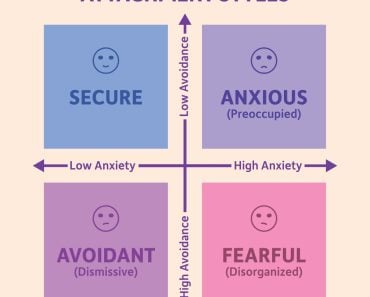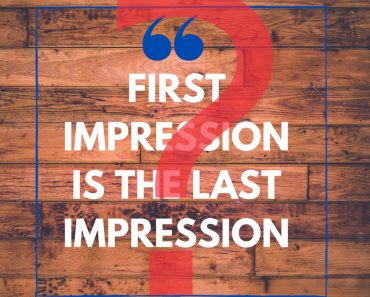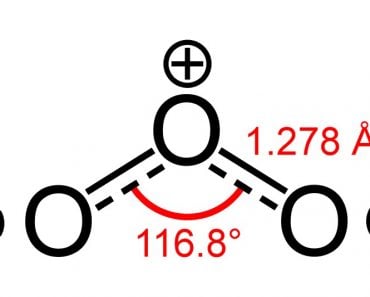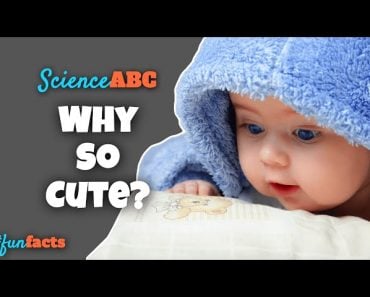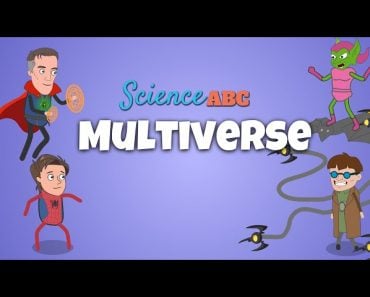Table of Contents (click to expand)
Polar opposites probably won’t be attracted to each other, despite traditional “wisdom”. Research indicates that the more similarities people share, the more attracted, either platonically or romantically, they will be to each other.
Everyday sayings about love frequently tell us that opposites attract. Whether the advice comes from movies or famous quotes, all of them point to how people who are different from each other are those who interest each other the most. However, the more you observe your relationships and partners in life, you will find that they share many of your likes, dislikes, favorites, and opinions on controversial topics, from ice cream flavors to moral values.
So, is it the difference in others that interests us, or is it the similarities? Please note that this article only considers the mental attraction we feel towards a person, namely how close and comfortable you feel towards them platonically. The article does not consider sexual attraction; factors such as appearance and the influence of smell on attraction are not considered.
Recommended Video for you:
Early Views About Attraction
In 330 BC, Aristotle wrote about friendship, stating that similarity is the basis for our relationships. The scientific evidence for this view comes from the similarity hypothesis, proposed by Sir Francis Galton (1952). He obtained data on married couples and found that spouses were similar to each other in many respects.
Later studies on attraction indicated that this trend is also reflected in friendships. People who had higher degrees of similarity expressed stronger feelings of “liking” towards each other. These studies were correlational in nature, and the researchers stated that there is only a relationship between similarity and attraction. It does not indicate whether similarity causes attraction. The data found by Galton could indicate either similarities leading to liking, or liking leading to similarities.
The evidence on similarities being the basis of attraction was provided in 1956 by Theodore Newcomb, a well-respected social psychologist. His experiment measured the attitudes of new students towards various issues, such as family, religion, public affairs, and race relations. The survey was taken before they were set to meet other students transferred from other universities, to ensure that the students didn’t know each other. The students then indicated their liking towards each other on a weekly basis.
When Newcomb assessed the students at the end of the semester, he found that the more similar the students were in the attitudes they held, the more they ended up liking each other. This provides a strong causal effect of similarity on attraction. Several other studies have confirmed Newcomb’s findings and suggested evidence to confirm the similarity hypothesis. The more similar you are to each other, the more you like each other!

So, Do Opposites Attract?
This brings us back to the “opposites attract” idea. If the research above clearly shows that people with similarities like each other more, is there any evidence for opposites attracting?
You have likely found yourself attracted to someone very different from you at some point in life. Countless books and movies show the bad boy falling for the nerdy girl, or two people who are polar opposites finding love, which seems to suggest that opposites do attract.
Earlier studies conducted around 1960 to 1975 hypothesized about complementarities. These are differences that, when combined, can help make the individual parts work together effectively (complement each other), and could form the basis of attraction.
For example, dominant people might be attracted to submissive people, while talkative people may be drawn to quieter folks. The idea behind this was that such complementarities may be beneficial to both individuals in the relationship, which could form a good basis for attraction.
However, when these ideas were tested formally and directly, studies failed to support the idea that complementarity is the key determinant for attraction. When it comes to our attitudes, values, bad habits, income levels, intellectual ability, personality characteristics, and even minor things like our favorite ice cream flavor or zodiac sign, the more similar people are, the greater the attraction. It was similarity that resulted in attraction.
So, all in all, there is very little evidence, if any, that opposites or complementarities lead to long-lasting attraction.

The only exception to this rule is in a particular kind of male-female interaction, where one person is dominant and the other person responds in a submissive manner. It is only in this kind of interaction that complementarity leads to greater liking and attraction. When it comes to other kinds of interactions, for instance, extroverts-introverts, this idea does not hold true. This tells us that the evidence of how similarity leads to more attraction and is the basis for liking someone is stronger and more consistent. The bigger question is… why does similarity lead to greater attraction?
This can be explained by the Similarity-Dissimilarity Effect.
Similarity-Dissimilarity Effect
Studies have revealed that the similarity-dissimilarity effect is triggered when people respond to interpersonal attraction. What this means is that attraction to someone is determined by the proportion of similarity you share with them.
Suppose you are expressing your views on several topics with someone. You find out that you share similar views on many of the topics you discussed. This will only make you more attracted to them.
We can simply divide the number of topics on which similar views are expressed with the total number of topics discussed to predict the level of attraction towards someone. The higher the proportion of similarity, the more you will end up liking that person.
It is not yet known how people process this information of sharing similar attitudes to produce the outcome of attraction. However, it is clear that when communicating with a stranger, we regularly use some sort of thinking mechanism to add up the amount of similarities we share with them.
It is important to note that the effect similarity has on attraction is extremely strong. This holds true for however many topics you discuss with someone, no matter how trivial they seem to be. This effect is also equally true for males and females, and is applicable to everyone, regardless of their age, culture, or educational differences.
Other instances where the similarity-dissimilarity effect holds true is when it comes to religious beliefs, self-concept, being a morning or an evening person, and even finding the same kind of jokes funny!

Do Even Trivial Similarities Generate Attraction?
Sharing even trivial similarities, such as having the same first letter in your name as someone else, sharing the same zodiac sign, or having the same birthday can all lead to making you find the other person more attractive.
This happens because of an effect known as implicit egotism.
This means that the positive feelings you have about yourself, such as your positive feeling about your name or zodiac sign, can have a spillover effect. This spillover effect can increase your attraction towards the person with whom you share these trivial similarities. So, the positive associations you have with something related to yourself can increase your affection towards others who share those same qualities or characteristics! These findings further assert the underlying principle of social life, namely that similarity is the basis for attraction. Its effects are strong and powerful and can occur without intention, but there is no way to avoid them!
References (click to expand)
- (1956) The prediction of interpersonal attraction. - APA PsycNet. The American Psychological Association
- (1961) Interpersonal attraction and attitude similarity. - APA PsycNet. The American Psychological Association
- (1970) Attraction toward dominant and submissive strangers. The American Psychological Association
- Markey, P. M., Funder, D. C., & Ozer, D. J. (2003, September). Complementarity of Interpersonal Behaviors in Dyadic Interactions. Personality and Social Psychology Bulletin. SAGE Publications.
- (2003) A very brief measure of the Big-Five personality domains. ScienceDirect
- Pelham, B. W., Carvallo, M., & Jones, J. T. (2005, April). Implicit Egotism. Current Directions in Psychological Science. SAGE Publications.
- Montoya, R. M., Horton, R. S., & Kirchner, J. (2008, December). Is actual similarity necessary for attraction? A meta-analysis of actual and perceived similarity. Journal of Social and Personal Relationships. SAGE Publications.

